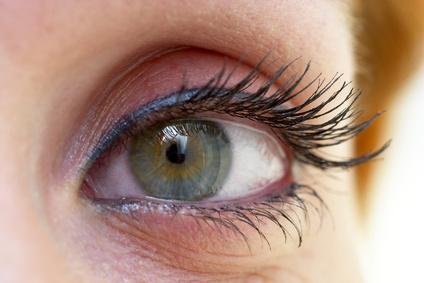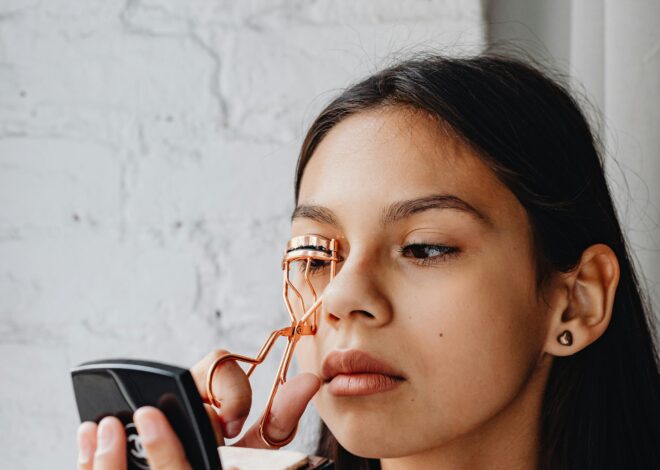Some women may want permanent makeup to avoid the trouble of applying cosmetics, while others have suffered an injury or illness that makes them want to go through the procedure. Before getting permanent makeup applications, the Food and Drug Administration (FDA) and the American Academy of Micropigmentation (AAM) recommend that you learn more about the potential benefits and dangers of this elective procedure.
Have Realistic Expectations
Permanent makeup is not aimed to have you never again deal with any aspect of cosmetic applications, according to the AAM. The color is actually placed into your skin through pigments that are like tattoo ink, according to the FDA. Thus, you will sometimes want to apply traditional makeup before special events for a more dramatic look. However, permanent makeup can save you hours of time each year in basic cosmetic applications.
Choose a Board-Certified Professional
Choosing a board-certified professional can reduce your risk of unwanted side effects or generally disappointing results, according to the FDA and the AAM. Also, keep in mind that your doctor will likely be conservative when he initially applies permanent makeup; it’s much easier to add later than to take away permanent makeup.
Know What You Want
You should have some idea of the type of look you want as well as what types of makeup you would like before plunging ahead with the application process, according to the AAM. You can get everything from eyeliner to lip color, or you may opt to try one aspect of permanent makeup at a time. Knowing what you want and being sure that you will want it many years from now is crucial to permanent makeup satisfaction, according to the FDA. Removing permanent makeup is as difficult and painful as removing tattoos, and usually causes scarring in the treated area.
Evaluate the Risks
Permanent makeup applications carry a number of potential risks, according to the FDA and the AAM. Some women have suffered serious allergic reactions to the dyes even years after the procedure; this incidence is far higher among those who chose red pigments, according to the FDA. Some women have also contracted diseases, such as HIV and hepatitis; local infections and scarring can also result from permanent makeup applications. Women who are prone to raised keloid scars have a higher risk of their bodies developing more scars due to the permanent makeup needle’s impact on the skin.
Photo Credit
- eye image by Igor Negovelov from Fotolia.com





